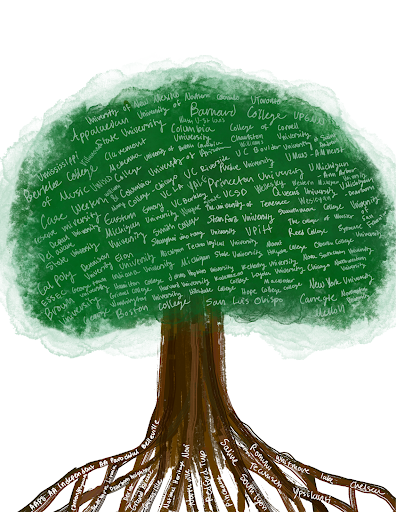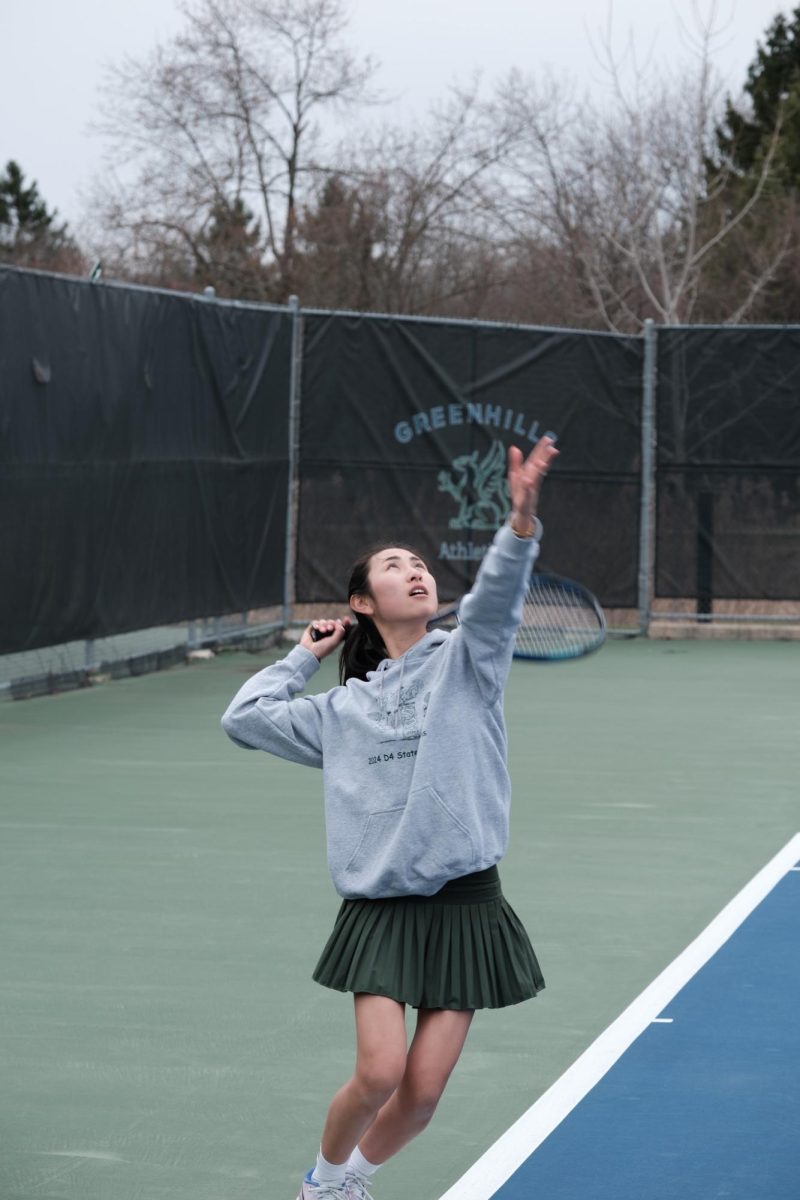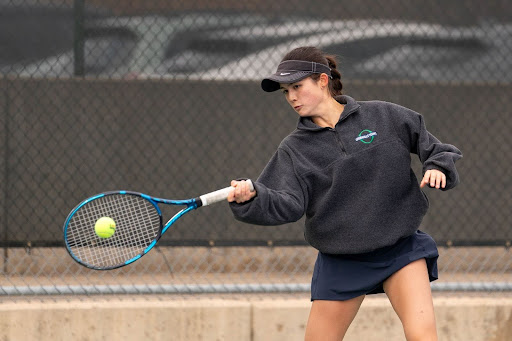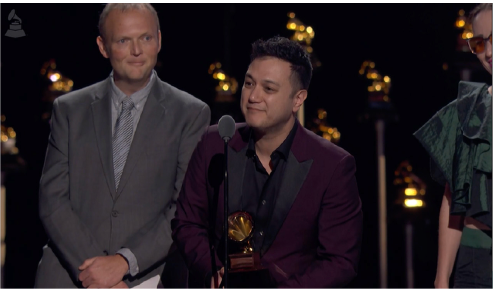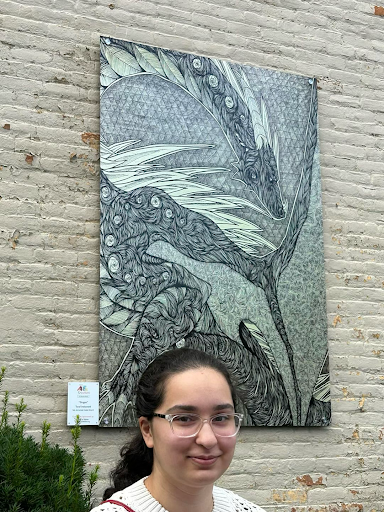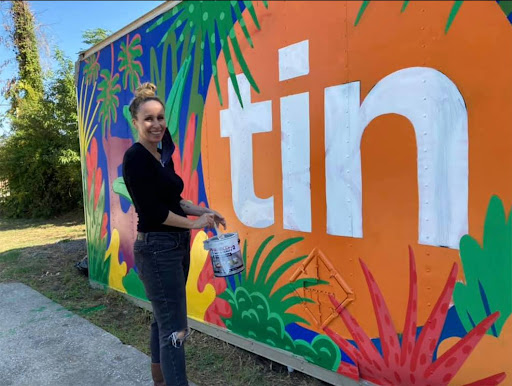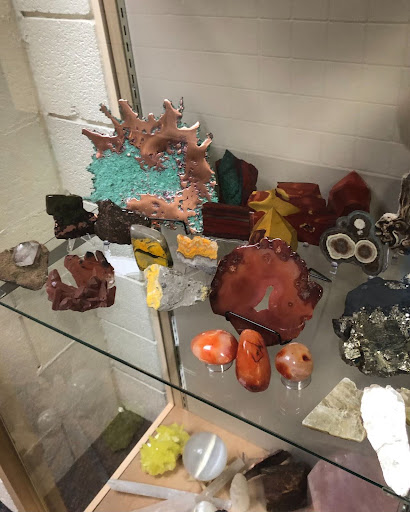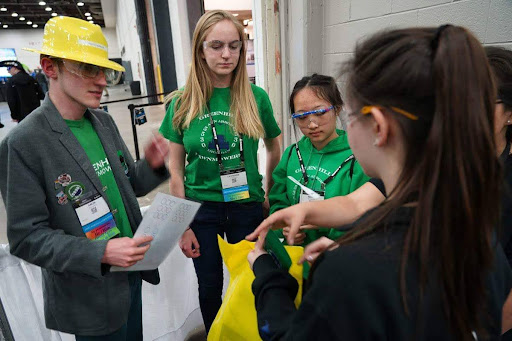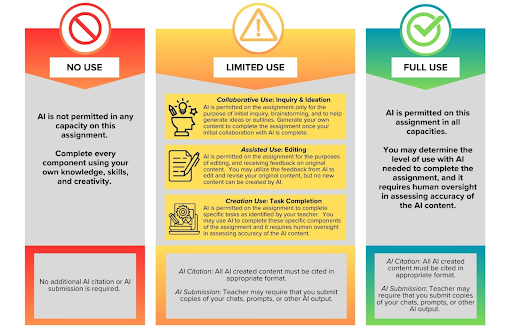With both their sons, Hunter ‘01 and Graham ‘04, Susan and Max Patton decided to donate their collection of minerals to the school to share their accumulation of unique specimens in hope of inspiring students to take interest in the subject as well. Throughout the years, they’ve collected numerous amounts of minerals that range greatly from geographical locations, age, and appearance.
“It’s a large, museum-grade mineral specimen that’s being donated to the school,” said Science Teacher Cathy Renaud. “I think we’ll have some middle-school clubs and upper-school electives centered around the minerals because we don’t have a geology class in the upper-school, so we might offer something club-level or one-semester long geology classes.”
Since Susan Patton was a child, she’d had a great interest in minerals, and that interest was further fueled by her growing desire to learn more about them.
“When I was four or five years old, I was hiking with my dad and mom in New Hampshire, and I saw a sparkly rock,” said Susan Patton. “It was a big twelve or fifteen pound piece of Mica, and it just mesmerized me and my dad carried it back down the mountain for me and we used it as a doorstop for all the time I was in school, and that was how it all started. In Michigan, we have copper, Agate, and Petoskey stones, and a lot of fossils, so it was a really satisfying place to be curious about things like rocks. And then, I got a couple specimen kids when I was a kid where they give you samples of many different kinds, maybe about 20, of minerals where you order them and they’ll come with books, which was a pretty common thing back in the day. The fancier rocks, which are the ones the school is getting, are pretty exotic, interesting, and from far-away places.”
The minerals that will be displayed differ greatly in terms of location, with minerals from the South Pacific and leading all the way to the North Pacific.
“We have rocks and minerals from every continent and they each have their own geographic idiosyncrasies, like how they form, such as minerals from the South Pacific, the West Coast, the Hawaiian Pacific Islands, Malaysia, Japan, Vietnam—all volcanic. So we’ve got different compounds, shapes, colors—it’s just all very sparkly,” Patton said.
As a Michigander, Patton’s favorite mineral is copper due to its ubiquity and versatility. Along with copper, Patton’s collection also includes a few pieces of Bismuth, a unique mineral that’s known to be the heaviest stable element, as well as having step-like formations and iridescent crystals.
“I’m really fond of copper because it’s very commonly found here,” exclaimed Patton. It’s definitely necessary in energy with its ties to electricity. We’ve also got three pieces of bismuth, and bismuth is so interesting because of the way it transforms itself. You can change its chemical shape from this blob-like tahoe into a crystalline structure.”
Some of the Patton family’s fossils and minerals have already been donated to museums such as the Museum of Natural History located here, in Ann Arbor. The donation to Greenhills was inspired by Cranbrook School’s mineral collection, which is used to teach the earth, science, chemistry, physics, and history programs.
“We’re trying to steward our resources as they get older, and make sure that the nice things we have go to a place where they will be used and appreciated,” said Patton. “Both of our kids went here, and we just love his school and hope that Greenhills kids will enjoy it.”
The donation may not only foster students’ interests in geology, but also help teachers in creating a more interactive learning experience.
“When we found out that there would be a mineral and rock donation, we were really excited because one of things we look forward to as teachers is making sure that we can connect these abstract chemistry concepts to real-life,” said chemistry teacher Reeti Katoch-Rouse. “Having something that’s so tangible is going to really help in this [chemistry] classroom because, when we think about rocks, we think about what it’s invoking—the color, shape—and we can consider the different atoms within it. Take a diamond, for example, and we can think about how it’s made of carbon, which is arranged in a very specific way. And I think that by seeing something that’s very crystalline and shiny, the students will be able to connect the two [concepts] very well.”
The mineral collection is expected to be displayed next to the chemistry classroom, where both teachers and students can have easy learning access. There will be three collections—one will be displayed in a locked display case, and the others are teaching or student collections. The Pattons will donate a microscope that displays images for rocks and minerals on a large TV screen that allows students to observe the minerals in closer detail.
“I think it’s a great honor to be able to take something that people valued and loved and make sure it gets a good home,” said Renaud.



